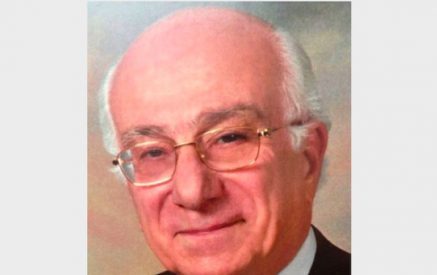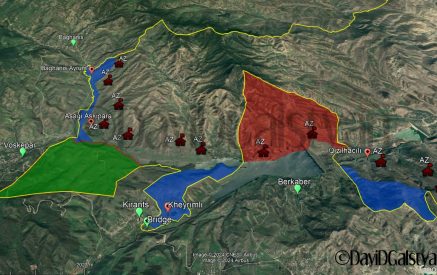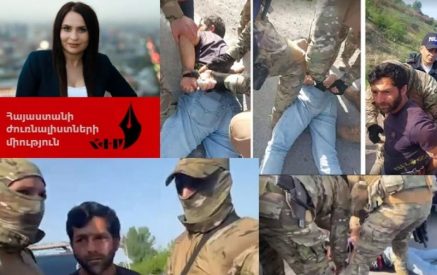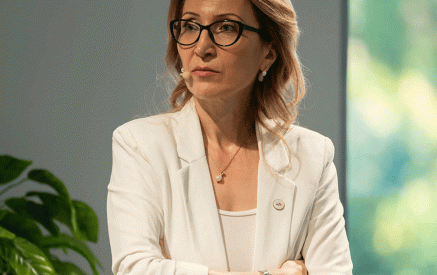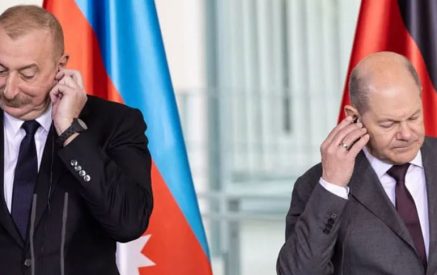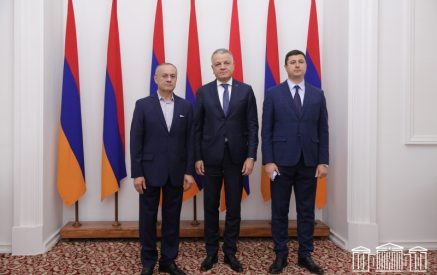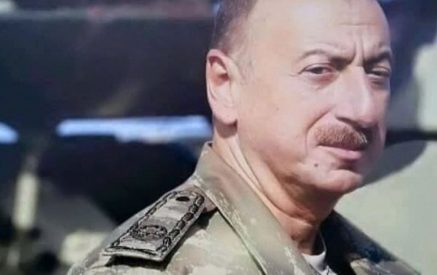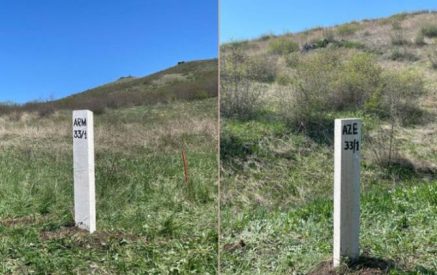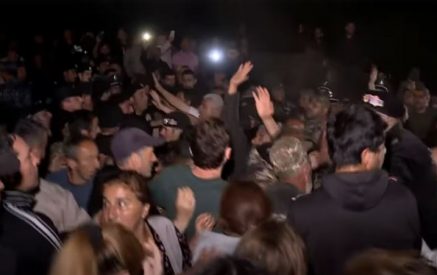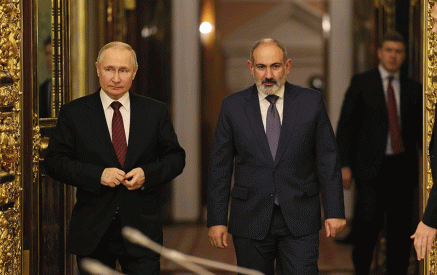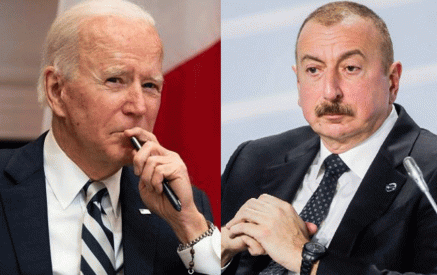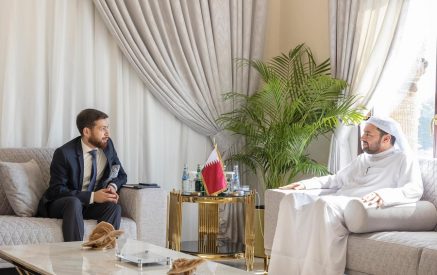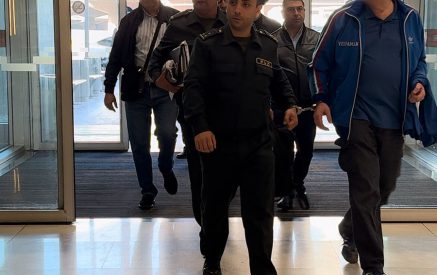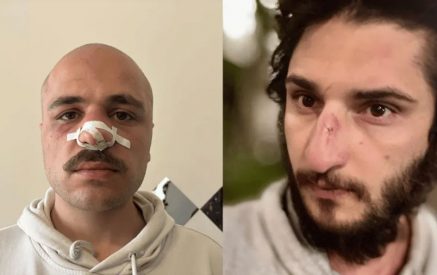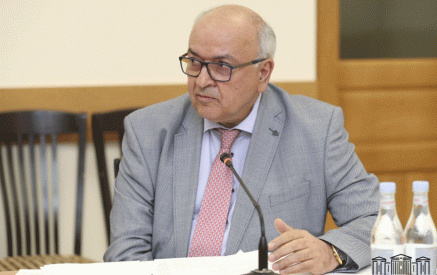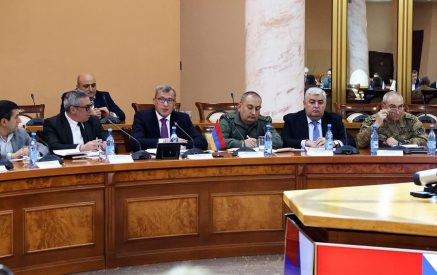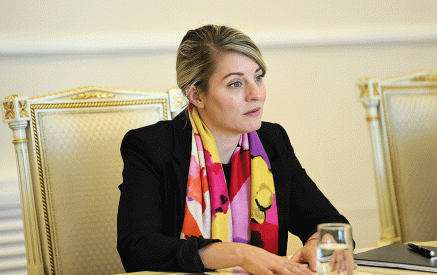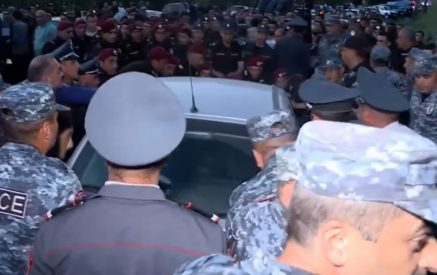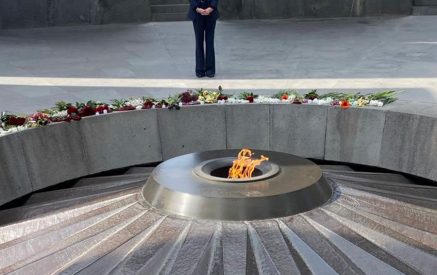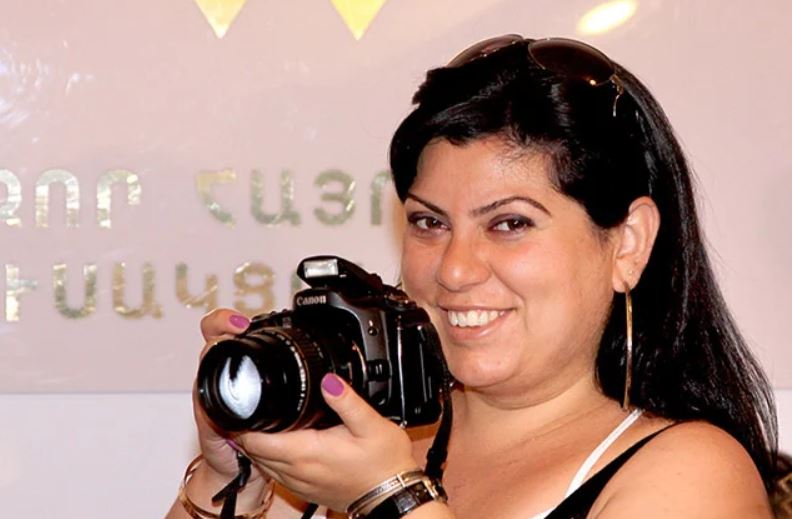‘Those who have the task of hiding their faces look at the NA hall with an open face, from where a live broadcast is carried out’
I am still surprised when the faces of high-ranking police officers who visit crime locations are shown, as well as when their names are mentioned.
They show the neutralization of the criminal. Most likely, the tendency is the same – to show what kind of professional activity they carry out. The legislature never made a fuss about how alleged criminals hiding virtually could be watching the investigator on the trail through official TV channels, but the legislature deprived the photojournalist who was doing their job of their accreditation.
On the morning of August 5th, the photo correspondent of the Panorama.am news website, Lilian Galstyan, was banned from entering the National Assembly. She was generally deprived of the opportunity to cover the work of the parliament. In the letter sent to the editorial office, the Deputy Chief of Staff of the National Assembly, Anna Grigoryan, wrote that the photographer, in the course of their professional activity, violated Point 2.8 of Article 1 to the NA Speaker’s Decision on approving the rules in the territory and building of the RA National Assembly, according to which videotaping and photographing security service personnel as they carry out their professional activities in the area, including at checkpoints, is prohibited. It is a different matter what act defines the “places” where the work of my accredited colleagues is prohibited. In any case, I did not find such an official act.
On August 3rd, a number of organizations related to the restriction of the movement of parliamentary journalists (August 2)- Committee to Protect Freedom of Expression, Yerevan Press Club, Media Initiatives Center, Asbarez Journalists Club, Freedom of Information Center, Public Journalism Club, Femida, Journalists for Human Rights, and Public Journalism Club- made a statement. They were condemned on August 5. It turned out that over the course of 2 days, the journalistic organizations and the UJA spoke out against the ridiculous decisions of the newly elected National Assembly twice. From August 2, NSS officers forbid journalists to enter the new building of the National Assembly, approach the offices of factions and deputies, enter the relevant corridors, or conduct interviews and commentary in the corridors and their lobbies. The NSS officers in the NA building forbid journalists to take videos and photos in the places where they serve or are on duty. It is the same as banning a journalist from filming in the corridor while the litigants are there before entering the courtroom or from photographing the guards standing on either side of the judge or in the courtroom. It is a different matter when a camera procedure is established or journalists are informed in writing in advance, and certain rules apply to all media outlets without discrimination. The representative of any media outlet does not have a contract with the staff of the National Security Service; journalists have an employment contract with the management of their media outlet, and according to the contract, they must ensure that information is found, obtained and disseminated.
Following the example of Lilian Galstyan, the editorial office reported that some of the photos of the photo correspondent accredited in the National Assembly were indeed taken in the NA corridors and in the sitting hall. According to the media law, “Accreditation procedure should not stipulate, and if it does, the provisions that will restrict the accredited journalist’s right to participate in the meetings of the given body, its subdivisions, or other events, except when they are closed, will restrict the journalist from obtaining information in accordance with the rights defined by law.”
The reasoning of the NA leadership was that the security guards appeared in the pictures, people who “have the task of hiding their faces.” Meanwhile, according to the media, we are talking about the same people who look at the hall with an open face from where a live broadcast is carried out. One of the reasons mentioned by the National Assembly was that it was against security. According to the position of the Human Rights Defender on August 5th, “It is unacceptable to base the restrictions on the work of journalists, for example, on the prevention of terrorist acts or other serious crimes.” The former Human Rights Defender and current Minister of Justice, Karen Andreasyan, said, “Nairi Hunanyan was also a journalist,” while not ruling out the possibility that mercenaries may be hiding under the name of a journalist. Meanwhile, it is known that Hunanyan entered the National Assembly not with a journalist’s certificate, but with a passport. Arman Tatoyan saw a more distant manifestation in all this within his positions. “Restrictions on the work of journalists should not be ‘hidden’ behind security rules.”
Ruzan Minasyan

